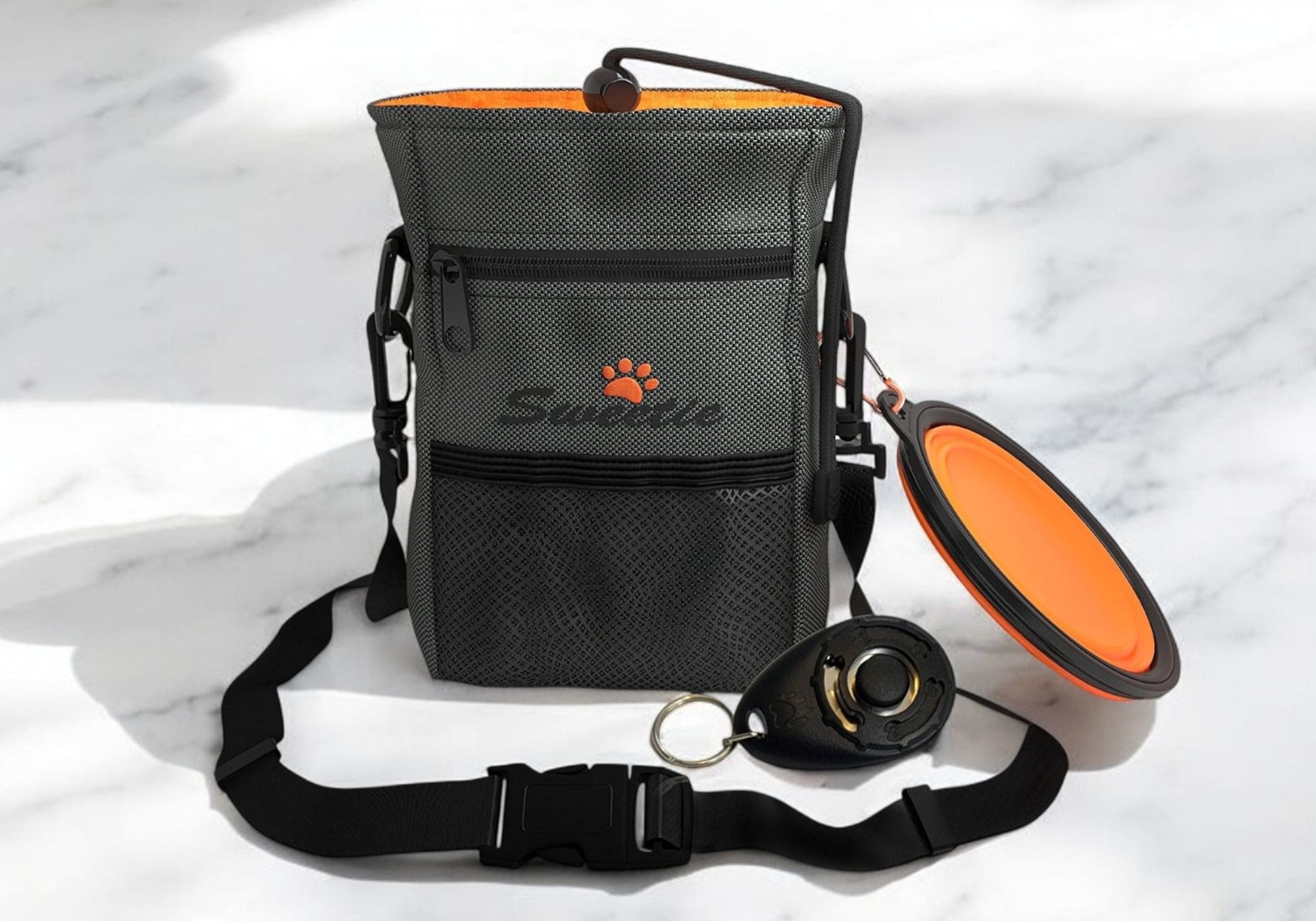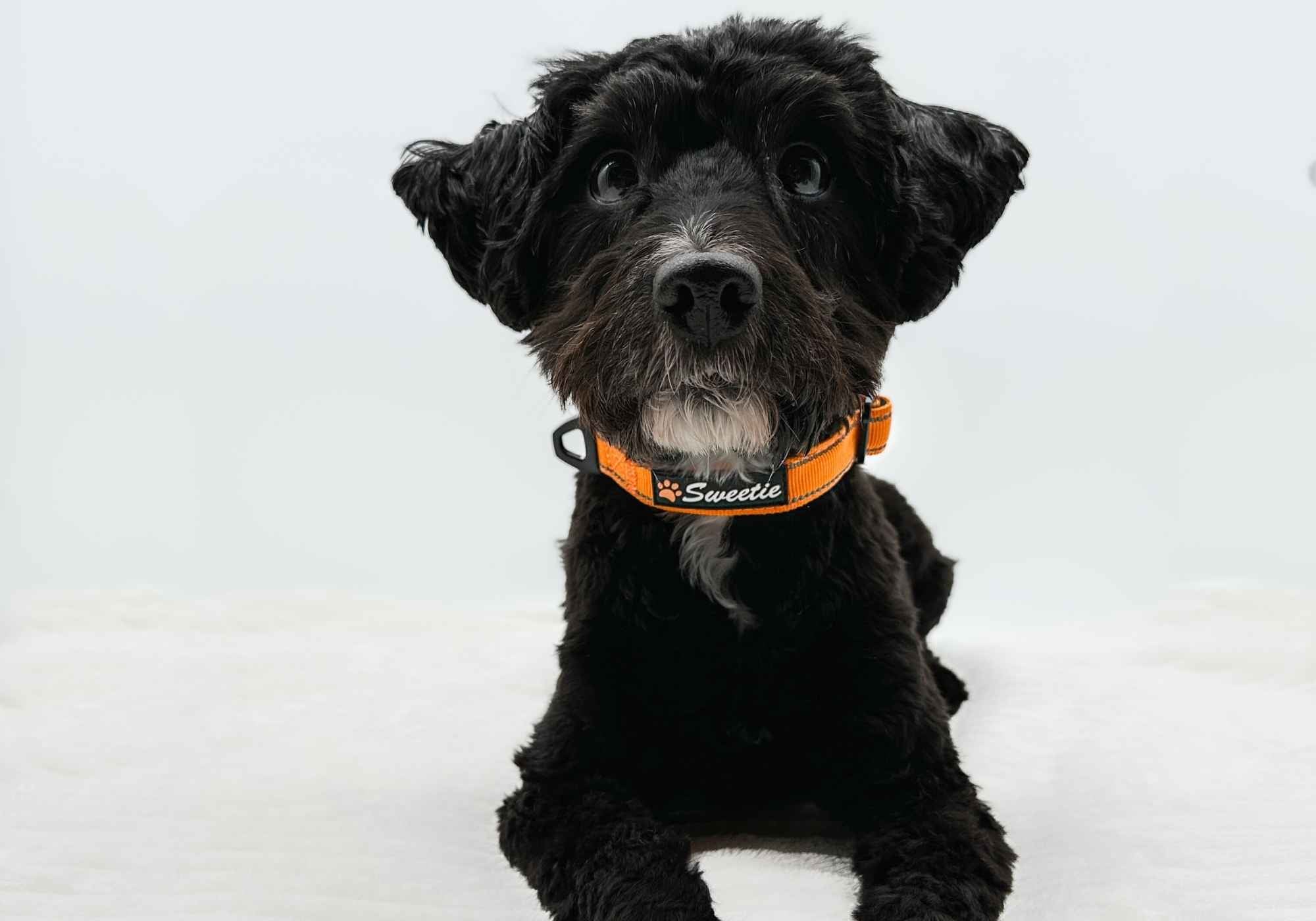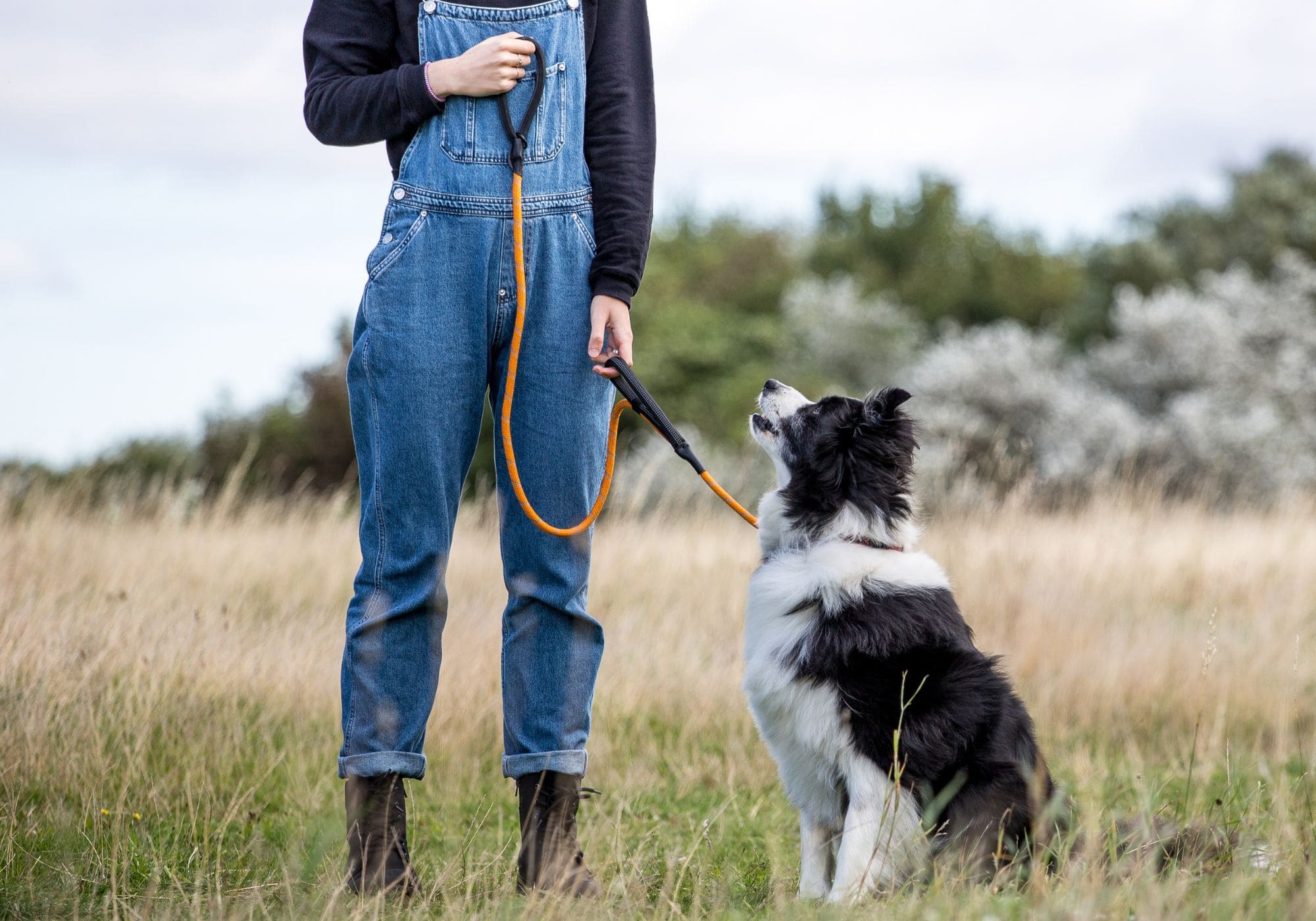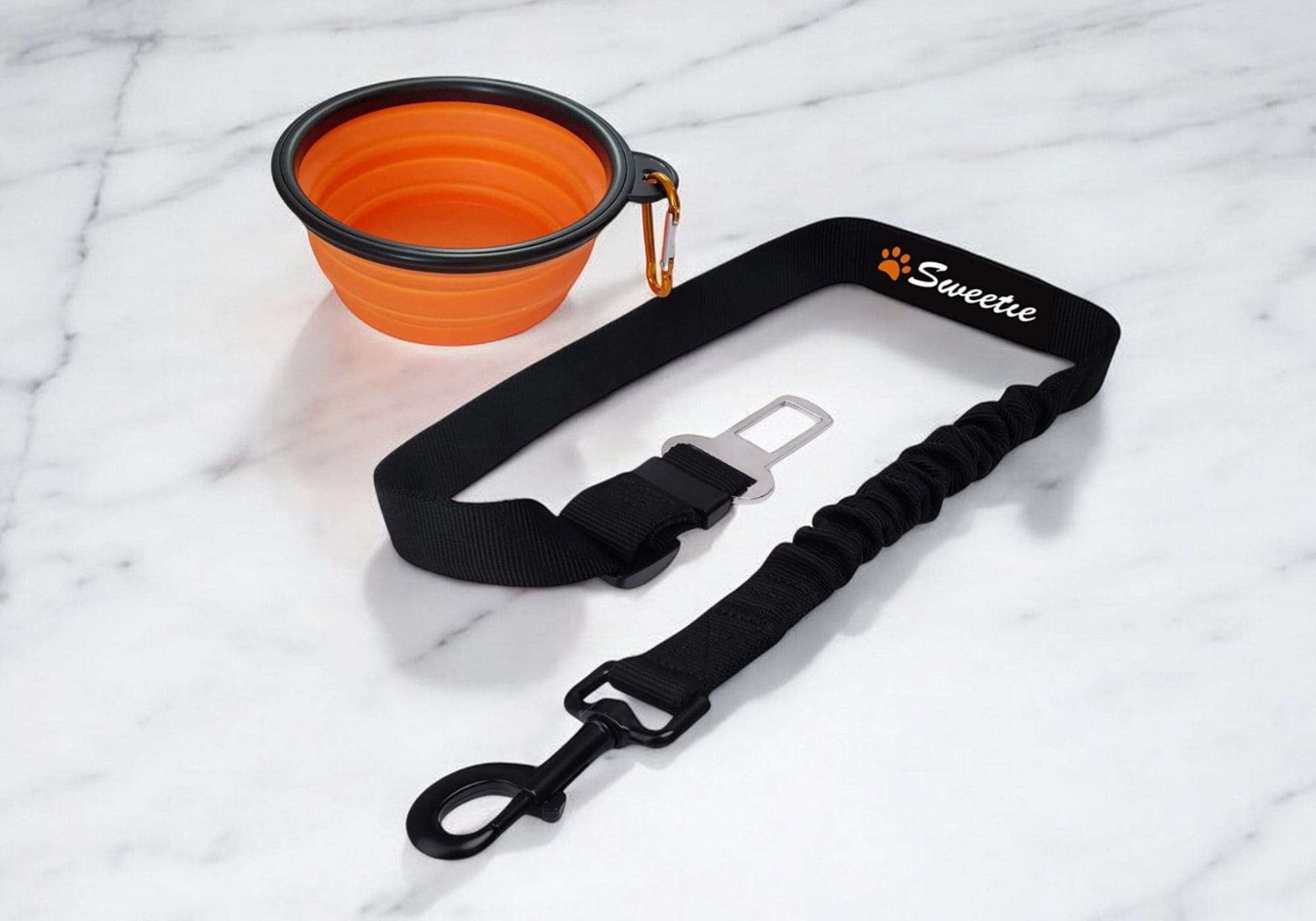Why Do Dogs Put Their Tails Between Their Legs? The 4 Main Causes
A dog's tail helps maintain balance by shifting its weight to the opposite of the dog's tilt. However, besides maintaining the dog's balance, your canine's tail plays a crucial role in communication based on its position. As such, you may be at a crossroads with questions like "Why do dogs put their tails between their legs?"
Dogs put their tails between their legs as a communication cue when scared, fearful, or responding to unwanted mating. It might also be a sign of submission in the presence of another dog or human. Overall, dogs use their tails to express their feelings and emotions.
In the rest of this article, I'll discuss why dogs put their tails between their legs. I'll also discuss what to do when your canine friend keeps her tail tucked in most of the time. Stay tuned to learn more about why dogs put their tails between their legs.
4 Reasons Dogs Put Their Tails Between Their Legs
Dogs are unable to communicate verbally. Therefore, they make us aware of their thoughts and feelings through physical cues and actions.
One way your canine friend tries to communicate with you is by tucking the tail between its legs. Here is what it means:
1. The Dog Is Scared or Fearful

Most dogs put their tails between their legs when anxious and filled with fearful emotions. It is a sign of fear and insecurity as they try to protect themselves.
While fear is normal for dogs, profound fear and anxiety should always be taken seriously and addressed if it persists.
A scared dog will put its tail between its legs as an “apology bow.” In this case, the dog will be trying to make peace with you or a dominant dog after knowing that what it has done is wrong.
As a concerned dog parent, you may want to know some causes of anxiety that can make your dog put its tail between its legs. The Merck Veterinary Manual lists the following as the leading causes of anxiety in dogs:
- Fear: It's caused by strange animals or people, loud noises, new environments and visual stimuli like shadows or reflections.
- Separation: It affects about 14 percent of dogs. Dogs with separation anxiety usually find it hard to cope when left alone. Separation anxiety in dogs manifests through undesirable behaviours like defecating in the house and frequent urination.
- Ageing: As dogs grow old, they may experience cognitive dysfunction associated with confusion and fear. Cognitive dysfunction syndrome (CDS) development in dogs is characterised by memory loss, confusion, and anxious behaviours.
2. The Dog Is Responding to Unwanted Mating
When female dogs are in heat, male dogs may try to mate with them even if they’re not interested.
Like humans, female dogs have preferences for the type of male they want to mate with. When such a female notices unwanted amorous approaches from a male, it will curl its tail between its legs to communicate that the mating offer is not welcome.
The curling of the tail between the dog's legs also protects the female dog's genitals from the male’s advances.
A bitch in heat may be insecure around males due to the constant advances and will display tail-tucking behaviour.
3. The Dog Is Submissive
Dogs often put their tails between their legs when in the presence of another dog or human they consider dominant. This behaviour is a sign of submission, showing that the dog is not challenging anyone for dominance. However, the root of this behaviour goes a little bit deeper.
You may have noticed your dog's head hanging low with its tail between the legs. This is an evolutionary behaviour that stems from the wolf pack mentality. In the wilderness, this was a way for dogs to show their submission to the dominant pack leader.
Nowadays, the dominant pack leader is us, while our families are the packs. Therefore, by hanging its head and putting the tail between its legs, the dog is saying, "I am not challenging you for dominance."
It's worth mentioning that not all dogs are submissive. A dog's temperament plays a central role in determining submission in dogs. On that note, the following are the most submissive dog breeds:
- Golden Retrievers
- Burmese Mountain Dogs
- Greyhounds
Dog breeds that always want to remain dominant include:
- Bulldogs
- Mastiffs
- Irish Terriers
You should enrol your dog in dominance training if it exerts excessive dominance. The training will help the dog to understand when it's appropriate to show dominance and when it's not.
4. Tail Injury
Most canine parents rarely think about their dog's tails getting injured.
The wagging nature of dog tails exposes them to injuries within the ligaments. A tail injury is painful for the dog, so your canine will try positioning it in a way that communicates the pain. An efficient method for most dogs experiencing this pain is to put their tails between their legs.
Tail injuries can happen in regular activities such as playing with other dogs or running around the yard.
The common tail injuries that may prompt your furry friend to put its tail between its legs include:
- Abrasions: Abrasions may occur as the dog wags its tail against rough surfaces like concrete.
- Bruises: Bruising of the tail can happen when it gets hit against hard surfaces like furniture or walls.
- Fractures: Since a dog's tail is an extension of the spine, it contains the vertebrae. The vertebrae in the tail are at risk of fracture due to accidents, slamming on the floor, or falls. According to PET MD, tail fractures are a severe issue for dogs, and if your canine has one, it will need immediate medical attention.
- Limber tail: Limber tail, also known as acute caudal myopathy, is a condition that arises from tail overuse whereby the dog overexerts pressure on the tail. The consequence of overexertion is pain at the tail’s base as the dog tries wagging.
- Lacerations: These are deep cuts that are more painful than abrasions. They're usually a result of your pup getting caught in an object or playing too roughly with other dogs.
It's advisable to consult a veterinarian if you think your dog's tail is injured. The vet will diagnose the injury correctly and provide the necessary treatment.
What to Do When Your Dog Puts Its Tail Between Its Legs

It can be frustrating to see your furry friend's tail always tucked between its legs.
When you notice your pup with its tail tucked away, assess the situation and try to figure out why it's behaving that way.
Here are some things to do as you assess the dog:
- Observe the pup's body language for signs of fear, insecurity, or pain. Some signs to look for include trembling, lip licking, and yawning.
- Try to calm down the pup if it's scared by petting and talking to it with a soothing voice. You should also look for the source of fear and remove it. For instance, try to provide background music or switch off the TV if the cause is loud noise.
- Enrol your pup in dominance training if it exhibits excessive dominance. This will ensure the dog understands the social cues and when to act submissively.
- Check for tail injuries if you think your pup is hiding its tail due to pain. Take it to a vet for treatment if it has any of the above-mentioned tail injuries.
If you're unsure of what is causing your pup to put its tail between its legs, take it to the vet for a check-up. Alternatively, consider getting advice from an experienced dog trainer.
Final Thoughts
"Why do dogs put their tails between their legs?" This is a question that goes beyond the apparent pain or injury. It could signify fear, insecurity, submission, or dominance. As a canine parent, it's your responsibility to look for the possible causes and treat them accordingly.
You should consult a veterinarian if you suspect that the pup is injured. Early detection and treatment will go a long way in protecting your dog from the pain associated with tail injuries.






Leave a comment